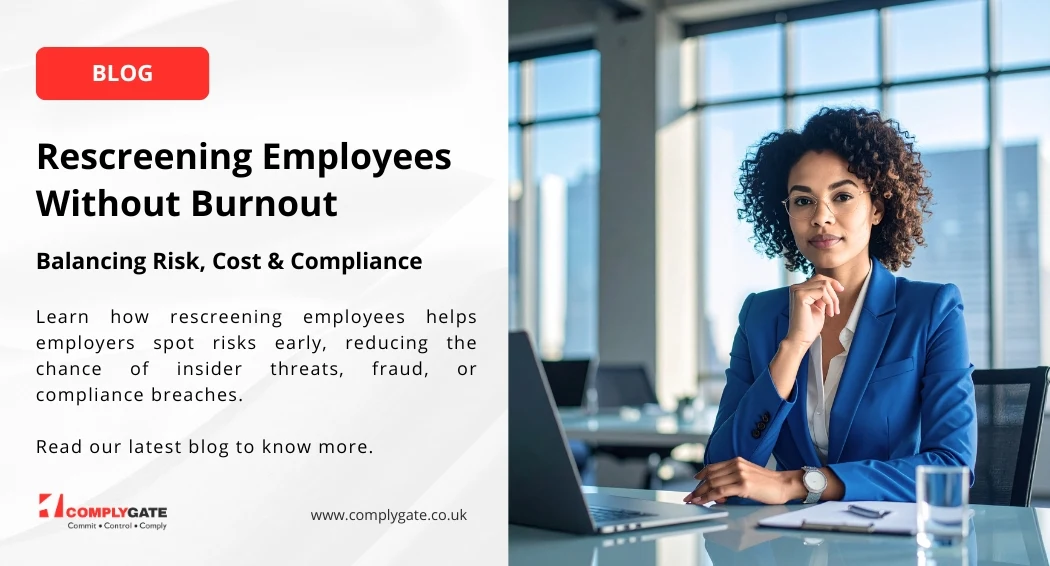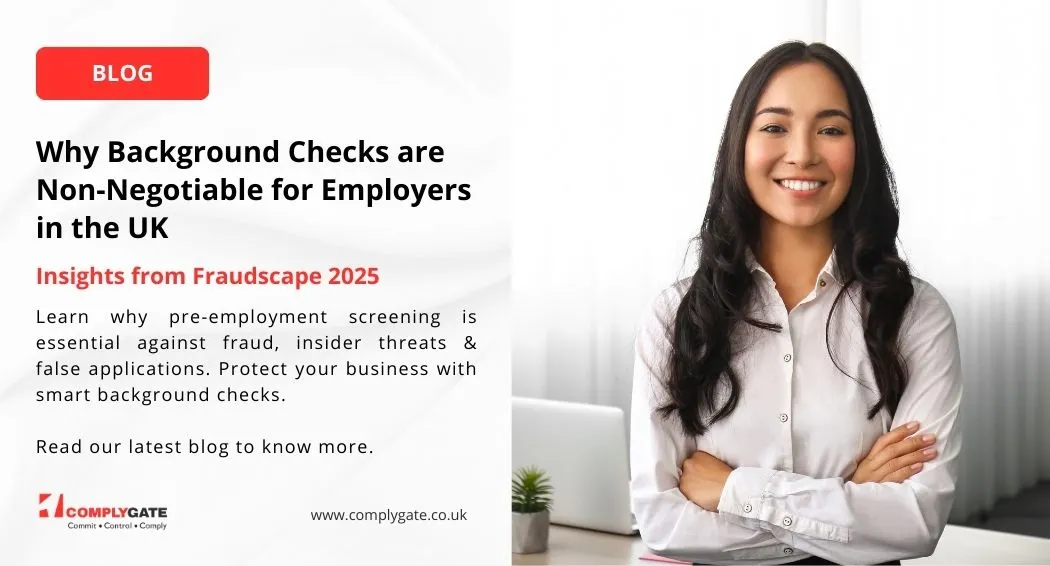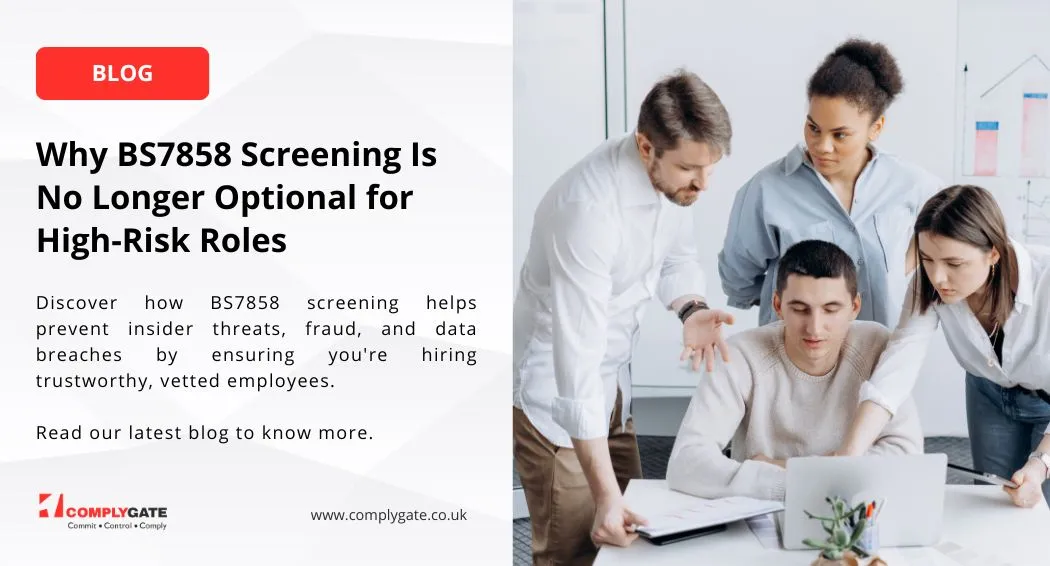Adverse Media Screening: A Comprehensive Overview
What is Adverse Media Screening?
Adverse Media Screening is a critical component in the world of financial services and customer due diligence. This procedure entails comparing a consumer or a potential customer to numerous unfavorable news and data sources. In essence, it is a proactive attempt to uncover possible issues before they harm a company's reputation or become a burden.
While adverse media screening guidelines are less structured than other legal obligations such as sanctions and politically exposed persons (PEPs), its importance in developing comprehensive anti-financial crime programmes cannot be emphasised. Adverse media check is a strong tool for preserving your organisation's most precious asset - its reputation - in today's environment, when news travels quickly and reputations are formed or broken in minutes. By remaining vigilant and proactive, you may identify and handle red flags before they become major issues, ensuring that your institution remains a beacon of trust and integrity in the financial world.
What are the sources for Adverse Media Screening?
Adverse media checks are an important part of modern due diligence methods that go beyond traditional news sources. Comprehensive adverse media screening should include a wide range of sources, including unstructured platforms, given today's fast-paced and developing media world. It is critical to cast a wide net to identify risks, which can be found through a variety of sources:

- TV news channels, including BBC News, ITV News, and Channel 4 News.
- National newspapers, such as The Guardian, The Financial Times or The Daily Mail.
- Online forums, for example, Quora or Reddit.
- Social media platforms like Facebook, Twitter, or LinkedIn.
- Blogs owned by businesses and individuals.
- Databases maintained by regulatory authorities.
What is the process of Adverse Media Check?
The following are the important steps in gathering and analysing this critical data:
- Data Collection: It begins with the identification of relevant data sources and the use of technologies such as news aggregators and web crawlers to collect data extensively.
- Data Cleansing: Once acquired, the data is meticulously cleansed to ensure accuracy and consistency. This stage entails deleting duplicates, correcting mistakes, and standardising formats to allow for seamless analysis.
- Data Analysis: Cleansed and standardised data is next thoroughly examined. To find patterns and correlations in data, several approaches such as Artificial Intelligence (AI), Natural Language Processing (NLP), keyword searches, entity resolution and data aggregation are used.
- Risk Assessment: Potential risks and threats are extensively assessed in order to identify the amount of risk and the most appropriate course of action. This thorough assessment includes considering the severity of the risk, the chance of its occurrence, and the possible consequences.
- Reporting: Finally, the identified risks and threats are presented to the appropriate parties. This stage comprises developing thorough reports and user-friendly dashboards that provide a concise review of the adverse media data, as well as the risks and threats associated with it.
How Can Adverse Media Affect AML?
Financial institutions and businesses subject to AML regulations must conduct Customer Due Diligence and ongoing monitoring of clients. Customers are screened against watchlists and databases, as well as adverse media sources, as part of this procedure. The objective is to discover and evaluate possible risks linked with customers or business partners. Identifying adverse media helps to reduce the risk of involvement with illegal activities, avoid reputational damage, and maintain AML and KYC compliance.
Why is adverse media check conducted?
Adverse media checks serve numerous critical functions, making them a key component of risk management and due diligence strategies:
- Risk Detection: One of the key reasons for performing adverse media checks is to uncover potential dangers. Businesses can detect negative information about present or future clients, partners, or associates by monitoring news and data sources.
- Reputation Management: Adverse media screening is a proactive method of protecting an institution's reputation. It enables organisations to respond quickly to negative information or connections, reducing reputational damage.
- Compliance with Anti-Money Laundering (AML) regulations: Adverse media screening complies with anti-money laundering (AML) and customer due diligence (CDD) regulations. As part of their commitment to responsible compliance, regulated organisations are required to perform ongoing CDD. Adverse media checks play a vital role in fulfilling these obligations since they assist businesses in remaining vigilant and informed of any potential financial crimes or unlawful activity concerning their clients.
- Risk Mitigation: Regular adverse media checks are an excellent risk mitigation method. Businesses should take proactive efforts to limit any risks, whether financial, legal, or reputational, by identifying negative information early on.
What are the possible risks of not conducting Adverse Media Screenings?
For businesses, ignoring Adverse Media Check may be a costly bet. Here's a closer look at some of the most serious threats:
- Financial Risks: Financial crime is a serious financial hazard to businesses. Fraudulent activities might result in significant financial losses. Furthermore, noncompliance with regulatory requirements can result in significant penalties, higher monitoring expenses, and long-term reputational harm. The financial toll is immense.
- Risks to a Company's Reputation: A company's reputation is its lifeline. Financial crimes may seriously damage a company's reputation, and the path to rehabilitation can be difficult. Inadequate Adverse Media Screenings KYC might diminish faith in the company's ethics and responsible behaviour. Investors, partners, and clients may lose faith in the organisation's capacity to conduct itself honestly.
- Societal Risks: Financial crimes such as money laundering and terrorism funding have far-reaching social implications, in addition to damaging individual enterprises. They have the potential to promote corruption, stimulate greater criminal behaviour, and jeopardise the global financial system's stability. Businesses who neglect Adverse Media checks unintentionally contributing to these greater social problems.
What are the common challenges in conducting adverse media screening?
Adverse media Screening is an important aspect of AML compliance, but it is not without challenges. The sheer amount of daily news stories released online is a huge challenge for businesses. Here's a deeper look at the issues they're dealing with:
- Large Volume of Information: With millions of news pieces published every day, it is humanly impossible to personally validate each piece of data. The sheer volume of data might be overwhelming for compliance officials.
- Drawbacks of conventional Methods: Using conventional third-party databases and search engines results in a time-consuming, manual process of gathering, analysing, and interpreting various articles. This method frequently yields duplicates, irrelevant data, and even misinformation.
- Hidden Data: Accessing restricted material or dealing with news in many languages might be difficult. Obtaining such information might sometimes be costly.
- Reliability Issues: Many news sites enable anyone to publish content without thorough verification. This makes it difficult for businesses to confirm the integrity and dependability of the data they encounter.
- Time Consuming: Manually validating information takes time, especially when working with persons or companies with common names. This can greatly increase the number of false positives, increasing effort.
Adverse media screening is necessary for AML compliance, but overcoming these obstacles is critical for a more efficient and accurate approach.
Conclusion
Adverse Media Check is a necessary component of your commitment to responsible compliance. However, we recognise the issues that come with it. As a result, Complygate is prepared to help you expedite and simplify your Adverse Media Screening procedure. Take proactive action to strengthen your Adverse Media Screening, reduce risks, and protect your reputation. Contact us right now to schedule a demo of Complygate's sophisticated Adverse Media Screening software. We're here to help you improve the efficiency, accuracy, and effectiveness of your screening operations.











